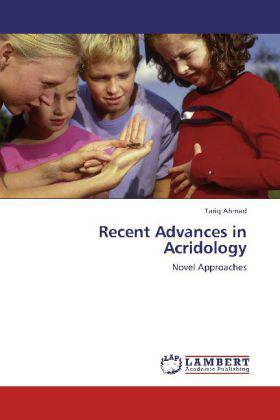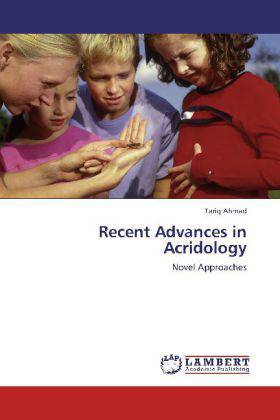
- Afhalen na 1 uur in een winkel met voorraad
- Gratis thuislevering in België vanaf € 30
- Ruim aanbod met 7 miljoen producten
- Afhalen na 1 uur in een winkel met voorraad
- Gratis thuislevering in België vanaf € 30
- Ruim aanbod met 7 miljoen producten
Zoeken
Omschrijving
Over the last decade or so, the use of insecticides has increased exponentially, and some of these are carcinogenic and therefore, banned from usage completely. With the advent of biopesticides and integrated pest management (IPM), the focus is on ecofriendly approaches and very little academic literature exits on how to best utilize this arena for acridiods of agricultural importance. Insect pests have been estimated to cause $90.5 billion dollars in damages to eight principal food and cash crops viz., rice, wheat, barley, maize, potato, soybean, cotton and coffee versus $76.9 billion dollars damage by disease pathogens and $76.3 billion dollars by weeds. It has been suggested that by adopting insect pest management, the global crops could be doubled. This book, therefore, should help shed some light on crop damage by grasshoppers and the results of such studies will be instrumental in understanding and devising population management strategies and should especially be useful to farmers, entomologists, agriculturists, or any one else who may be considering to take a lead role in crop production.
Specificaties
Betrokkenen
- Auteur(s):
- Uitgeverij:
Inhoud
- Aantal bladzijden:
- 244
- Taal:
- Engels
Eigenschappen
- Productcode (EAN):
- 9783848418909
- Verschijningsdatum:
- 30/04/2012
- Uitvoering:
- Paperback
- Formaat:
- Trade paperback (VS)
- Afmetingen:
- 152 mm x 229 mm
- Gewicht:
- 362 g

Alleen bij Standaard Boekhandel
+ 96 punten op je klantenkaart van Standaard Boekhandel
Beoordelingen
We publiceren alleen reviews die voldoen aan de voorwaarden voor reviews. Bekijk onze voorwaarden voor reviews.











